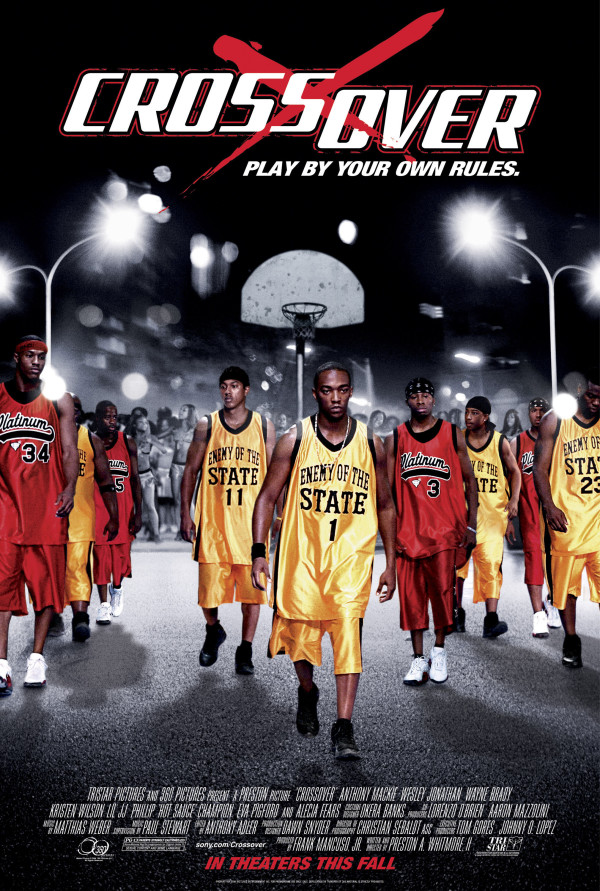

Even a true debacle like 2017’s Justice League was clearly made by people who love Superman and Wonder Woman, even if they don’t quite understand them. That isn’t to say that there aren’t downsides to our blockbuster saturation point, or that the movies in question are perfect, but it is undeniable that the majority of modern comic-book extravaganzas are made with a minimum of respect for the source material. We take today’s superhero-heavy cinematic fare a little for granted.

Jesse James Meets Frankenstein’s Daughter / Billy the Kid Versus Dracula (1966) Kong, from Blair Witch director Adam Wingard, is due in 2020. Of course, in today’s heated cinematic universe environment, it was inevitable that Kong and Godzilla would meet again: Godzilla vs. The film was a massive success and prompted the rebirth of the Godzilla franchise as a vehicle for kaiju face-offs like Mothra vs. Godzilla is largely dismissed by Kong fans as a bootleg version of the character it abandons his stop-motion roots in favor of a hokey man-in-suit approach. Universal didn’t bite, and ultimately O’Brien sold the concept to Toho, who was similarly in search of a vehicle for resurrecting their own icon, after 1956’s Godzilla Raids Again had met with brutal reviews from Japanese critics. Willis O’Brien, an animator on the original Kong, was determined to bring the beast back to life, and decided the best way to do it was to pit him against an equally iconic monster: Preferably Mary Shelley’s Frankenstein. In 1960, the King Kong franchise had been dormant for almost thirty years, ever since the disastrously rushed Son of Kong sequel in 1933. Godzilla was actually a far different type of crossover, one that shares something with Abbott and Costello. In a lot of ways, Abbott and Costello Meet Frankenstein is more loyal to the original spirit of these characters than something like, oh, I don’t know, 2017’s The Mummy could ever dream to be. The monsters aren’t the butt of jokes here they’re vehicles for Abbott and Costello to carry out some inspired comic routines against the backdrop of a Universal horror film. But the film gives Lon Chaney Jr.’s Wolf Man a sense of pathos that’s missing from other iterations of the character, and Bela Lugosi’s Dracula is a genuinely intimidating presence. Yes, there are gags galore, and Lou Costello’s mugging is about as extreme as it could possibly get. The most charming thing about Abbott and Costello Meet Frankenstein is how seriously it takes its premise. None of these films, however, had the raw power of the monsters’ face-off with infamous comic duo Abbott and Costello. Two subsequent films, House of Frankenstein and House of Dracula, would add Dracula to the mix, to varying levels of quality.

CROSSOVER DEFINITION MOVIES MOVIE
Here are just a few examples: Abbott and Costello Meet Frankenstein (1948)Ībbott and Costello Meet Frankenstein wasn’t the first time Universal’s horror movie catalog of iconic monsters collided on the big screen that would be 1943’s Frankenstein Meets the Wolf Man. 2018’s Avengers: Infinity War isn’t just the culmination of the Marvel Cinematic Universe: It’s a culmination of decades upon decades of this type of filmmaking. Since the birth of cinema, studios have been tossing characters into crossover stew. This kind of rights-wrangling isn’t an outlier in the world of massive film crossovers it’s the norm. But less than ten years later, the studio was on top of the world, so powerful that they succeeded in securing a deal with Sony that allowed the two studios to share Marvel’s flagship character, Spider-Man. The studio was an underdog, and most observers scoffed at the possibility that their $200-million-dollar crossover blockbuster would be a success. Captain America and Thor weren’t obscure, but they weren’t worldwide phenomena like the characters Marvel had lost in the early aughts to licensing deals. In 2008, Marvel kicked off its cinematic universe with only the B- and C-list characters they maintained in-house control over.


 0 kommentar(er)
0 kommentar(er)
